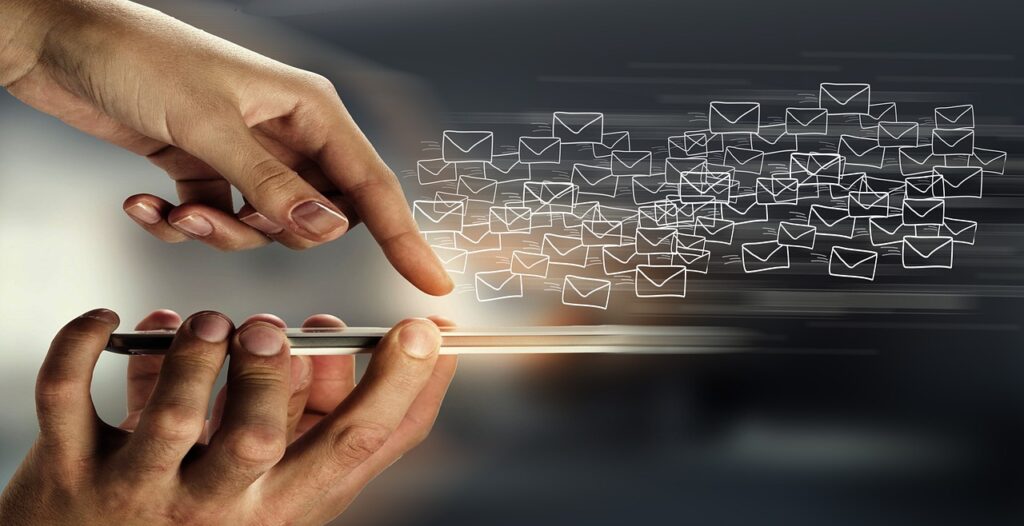Personalization in email marketing involves tailoring messages to individual recipients based on their interests, behavior, and preferences. The goal is to create a more engaging and relevant experience for subscribers. The importance of personalization lies in its ability to improve open rates, click-through rates, and ultimately, conversion rates.
Benefits of Personalized Email Marketing
- Increased engagement: Personalized emails are more likely to be opened and clicked on by subscribers because they feel more relevant and valuable to the recipient.
- Improved conversion rates: When subscribers receive personalized messages that speak to their specific needs and interests, they are more likely to take action, such as making a purchase or signing up for a service.
- Higher ROI: By delivering more targeted messages, marketers can see higher returns on their email marketing investment.
Personalization Techniques for Email Marketing
- Data-driven personalization: Use subscriber data such as purchase history, browsing behavior, and demographic information to create targeted messages.
- Dynamic content personalization: Customize email content based on a subscriber’s behavior or preferences, such as showcasing products they’ve recently viewed or highlighting relevant content.
- Behavioral targeting: Trigger automated email campaigns based on specific actions a subscriber takes, such as abandoning a cart or clicking on a certain link.
- Audience segmentation: Divide your email list into groups based on common characteristics, such as location or interests, and send tailored messages to each group.
Best Practices for Email Personalization
- Collect relevant data: In order to personalize your email campaigns effectively, you need to collect data on your subscribers’ behavior and preferences. This can include information such as their purchase history, browsing behavior, and demographic information.
- Use a CRM: A customer relationship management (CRM) system can help you collect and manage subscriber data in a central location, making it easier to personalize your email campaigns.
- Personalize subject lines: A personalized subject line can help to increase open rates. Use the subscriber’s name or include a reference to their past behavior or preferences.
- Automate email campaigns: Use automated email campaigns to send targeted messages based on subscriber behavior, such as abandoned cart reminders or personalized product recommendations.
Examples of Successful Personalized Email Campaigns
- Spotify’s personalized playlists: Spotify’s Discover Weekly and Daily Mix playlists are personalized based on a subscriber’s listening behavior, making them highly relevant and valuable to the recipient.
- Amazon’s personalized product recommendations: Amazon’s recommendation engine uses subscriber purchase history and browsing behavior to suggest products that are highly relevant to each subscriber.
- Netflix’s personalized content recommendations: Netflix’s algorithm recommends TV shows and movies based on a subscriber’s viewing behavior, making it easier to discover new content that they’ll enjoy.
Conclusion
Personalization is an essential part of email marketing in today’s digital landscape. By using data-driven personalization techniques, marketers can create targeted and relevant messages that improve engagement, conversion rates, and overall ROI. Best practices such as collecting relevant data, using a CRM, personalizing subject lines, and automating email campaigns can help to make your email marketing more effective. By studying successful examples of personalized email campaigns, you can gain inspiration and ideas for your marketing efforts.


